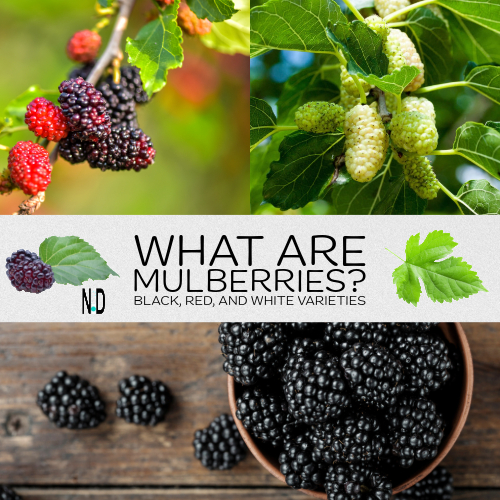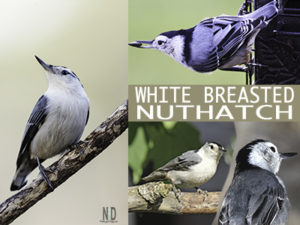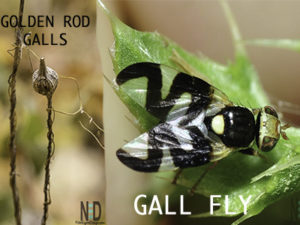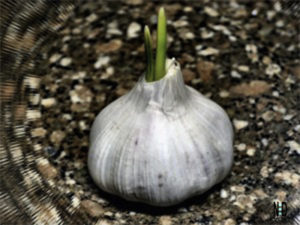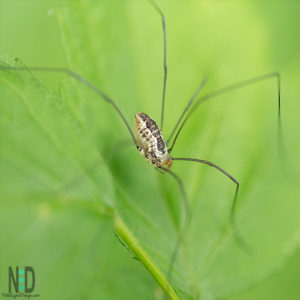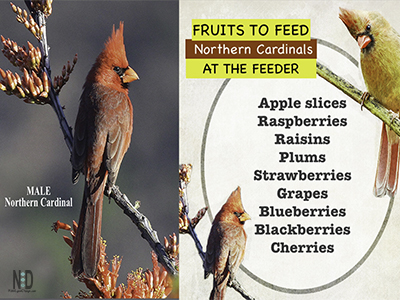Fruits, Herbs & Veggies> Foraging / Recipes / Art
I just grabbed a basket of juicy mulberries from my friend’s white mulberry bush, its oak-like leaves make it a standout! Mulberries grow in the wild, but can also be planted in your yard for both your enjoyment and the birds.
If you’re excited to explore mulberries, this guide will help you identify the three main types—black, red, and white—know when to pick them, and savor their flavors.
I’ll also explain why white mulberry trees can have both oval and oak-like leaves on the same plant.
What Are Mulberries?
Mulberries are sweet, versatile berries from the Morus genus, growing on trees or bushes. They come in three main types: black (Morus nigra), red (Morus rubra), and white (Morus alba), each with unique flavors and uses. Loved by humans, birds, like blue jays, American robins, red-eyed vireos, and squirrels, they’re perfect for snacking, drying, or making jams.
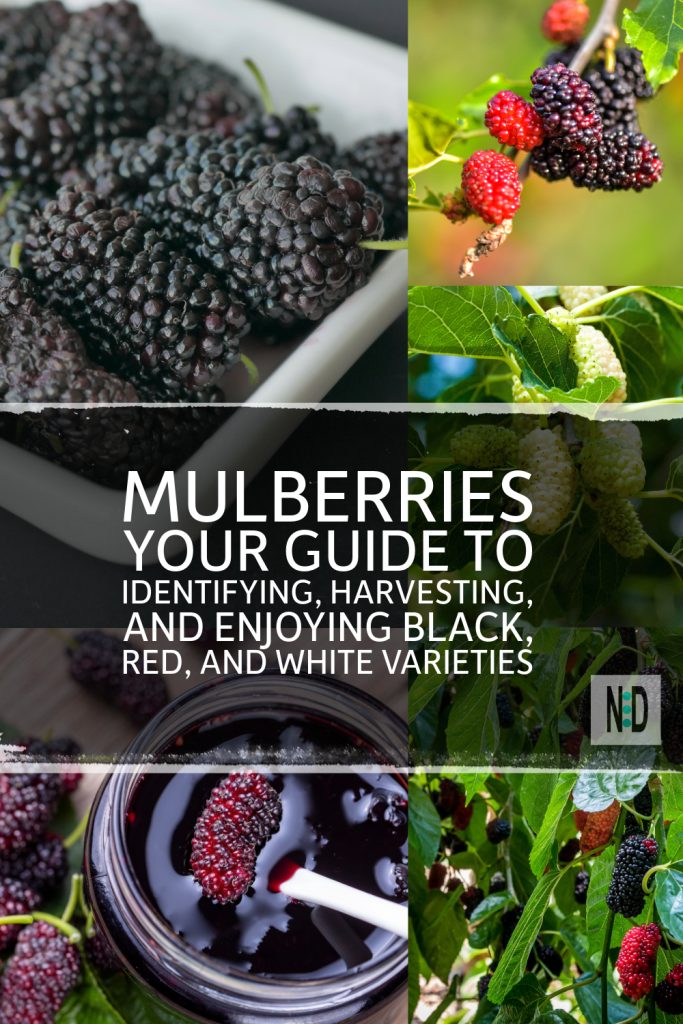
Identifying Mulberry Types
Here’s a deeper dive into identifying black, red, and white mulberries, including the unique leaf variation in white mulberries.
Black Mulberry (Morus nigra)

• Leaves: Typically heart-shaped with serrated edges, 2–6 inches long, glossy green.
• Growth Habit: Bushes or small trees, 6–15 feet tall, with a dense, rounded shape.
• Berries: Deep purple-black when ripe, elongated, sweet with a tart kick, resembling tiny blackberries. Unripe berries are red or green.
• Bark: Smooth, grayish-brown on young plants, rougher with age.
• Where to Find: Common in temperate climates, often in yards or along fences. My bush thrives in full sun!
Red Mulberry (Morus rubra)

• Leaves: Heart-shaped or slightly lobed, 3–7 inches long, rough and hairy on the underside, with serrated edges. Rarely oak-like.
• Growth Habit: Medium to large trees, 20–50 feet tall, with a broad canopy. Seldom found as bushes.
• Berries: Reddish-purple when ripe, sweet-tart, slightly less bold than black mulberries.
• Bark: Gray-brown, often furrowed on mature trees.
• Where to Find: Native to North America, common in forests, riverbanks, or parks.
White Mulberry (Morus alba)

• Leaves: Highly variable due to genetic factors and age. Younger branches or trees often have deeply lobed, oak-like leaves with jagged edges, while older branches may have oval or heart-shaped leaves with smooth or serrated edges—both types can appear on the same tree! Leaves are glossy, 2–6 inches long.

• Growth Habit: Shrubs or trees, 10–50 feet tall, with a spreading canopy.
• Berries: Pale white to pinkish (sometimes purplish), milder and sweeter than black or red varieties. Often smaller and less juicy.
• Bark: Light gray, smooth when young, becoming slightly rough.
• Where to Find: Widespread in urban areas, roadsides, or yards, often considered invasive.
Lookalike Warning
Mulberries have no toxic lookalikes, but unripe (green) berries can cause stomach upset. Avoid confusing them with pokeberries (on non-woody plants with single berries) or wild grapes (on vines). White mulberries with oak-like leaves might resemble young sassafras, but sassafras has single blue berries on red stems, not compound mulberry clusters.
When to Harvest Mulberries
Harvest timing depends on the variety and your location (e.g., Wisconsin):
• Black Mulberry: Late August to early September. Ripe when deep black, glossy, and falling easily.
• Red Mulberry: Mid to late summer (June–August), turning reddish-purple when ready.
• White Mulberry: Late spring to early summer (May–July), ripe when pale, pinkish, or slightly purple and even black.
Pro Tip: Ripe mulberries drop with a gentle shake. Look for birds flocking or purple-stained ground as a sign it’s harvest time! Spread a tarp under the tree or bush to catch berries easily.
How to Harvest Mulberries
1. Forage Safely: Wear gloves to avoid purple stains (mulberry juice is stubborn!). Ensure the area is pesticide-free.
2. Pick or Shake: Hand-pick ripe berries or shake branches over a tarp or bucket. This hands-free bucket is excellent for berry picking.
3. Sort: Discard unripe (green/red) or damaged berries for the best flavor.
Storing and Using Mulberries
Mulberries are versatile and store well:
1. Refrigerate: Keep unwashed berries in a breathable container in the fridge for 4–5 days, or use these useable storage bags that keep berries and produce fresh 4 times longer. Great for salads or snacking.
2. Freeze: Spread berries on a parchment-lined baking sheet, freeze until solid, then transfer to freezer bags for up to 6 months. Ideal for smoothies or baking.
3. Dry: Dehydrate at 135°F (57°C) in an oven or dehydrator for 8–12 hours. Perfect for granola or trail mixes.
4. Make Jams or Jellies: Cook with sugar and pectin for vibrant spreads. Black mulberries shine for their bold flavor.
What Can You Make With Mulberries?
Mulberries shine in both raw and cooked applications, offering endless possibilities for creative dishes. While we’ll save detailed recipes for future posts, here are some popular ways to use mulberries:
• Mulberry Jam: A sweet, spreadable treat perfect for toast, scones, or desserts.
• Mulberry Ice Cream: A creamy, refreshing dessert, easily made with a Ninja CREAMi or traditional ice cream maker.
• Smoothies: Blend raw mulberries with yogurt, bananas, or other fruits for a nutrient-packed drink.
• Pies and Tarts: Use mulberries as a filling for baked goods, combining their sweet-tart flavor with a flaky crust.
• Sorbets and Sauces: Puree mulberries for a light dessert or drizzle over pancakes and waffles.
• Salads: Toss fresh mulberries into green or fruit salads for a burst of flavor.
Raw vs. Cooked: Raw mulberries are great for snacking or adding to salads, retaining all their nutrients. Cooked mulberries, like in jams or ice cream, offer a smoother texture and intensified sweetness, ideal for those who find the internal stem or seeds bothersome.
Health Concerns for Eating Mulberries
1. Unripe Berries: Unripe mulberries (green or red, depending on the variety) contain high levels of tannins, which can cause nausea, vomiting, or diarrhea. Solution: Only consume fully ripe berries—deep black for black mulberries, reddish-purple for red mulberries, or pale/pinkish to purple for white mulberries.
2. Allergic Reactions: Mulberries belong to the Moraceae family (related to figs), and some individuals may experience allergic reactions, such as itching, swelling, or digestive upset. Those with latex-fruit syndrome (linked to fig allergies) or pollen allergies like to birch trees may be at higher risk. Solution: Try a small amount (e.g., 2–3 berries) first and wait a few hours to check for reactions. Consult a doctor if you have known food or pollen allergies.
3. Pesticide or Pollutant Contamination: Foraged mulberries from urban areas, roadsides, or public spaces may be exposed to pesticides, herbicides, or environmental pollutants (e.g., car exhaust). Consuming contaminated berries can lead to stomach upset or long-term health risks. Solution: Forage only in chemical-free areas (e.g., your own yard or certified organic sites) and wash berries thoroughly under running water.
4. Overconsumption and Digestive Issues: Mulberries are high in natural sugars (fructose) and fiber, which can cause bloating, gas, or diarrhea if eaten in large quantities, especially for first-timers or those with sensitive stomachs. Solution: Start with a small serving (e.g., ¼ cup) and increase gradually as your body adjusts.
5. Pollen Allergies: Mulberry trees, particularly white mulberries, produce significant pollen, which can trigger allergic rhinitis (sneezing, runny nose, itchy eyes) in sensitive individuals, especially during spring blooming. Handling or foraging near blooming trees may exacerbate symptoms. Solution: If you have pollen allergies, wear a mask while foraging, avoid blooming trees, or choose pre-picked berries.
6. Blood Sugar Concerns: Mulberries, especially white mulberries, have a compound (1-deoxynojirimycin) that can lower blood sugar, which is beneficial for some but may cause hypoglycemia in people on diabetes medications or with low blood sugar conditions. Solution: Consult a healthcare provider if you’re diabetic or on blood sugar-lowering medications before consuming large amounts.
7. Staining and Skin Irritation: While not a direct health concern, mulberry juice (especially from black and red varieties) can stain skin, and prolonged contact may cause mild irritation in sensitive individuals. Solution: Wear gloves when handling and wash skin promptly if stained.
Why Mulberries Are a Forager’s Treasure
From the black mulberry bush to towering red mulberry trees or white mulberries with their mix of oval and lobed leaves, these berries are a joy to find and eat. Their flavors—sweet-tart black, balanced red, or mild white—make them perfect for everything from fresh snacks to homemade pies. Spotting those dual-leaf shapes on a white mulberry tree adds a thrill to the forage!
Have a mulberry tree or a favorite recipe? Share in the comments—I’d love to hear your stories!
This site contains affiliate links that may provide a small compensation to me —-> at no additional cost to you. Thank you for supporting this page.
